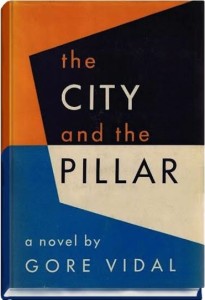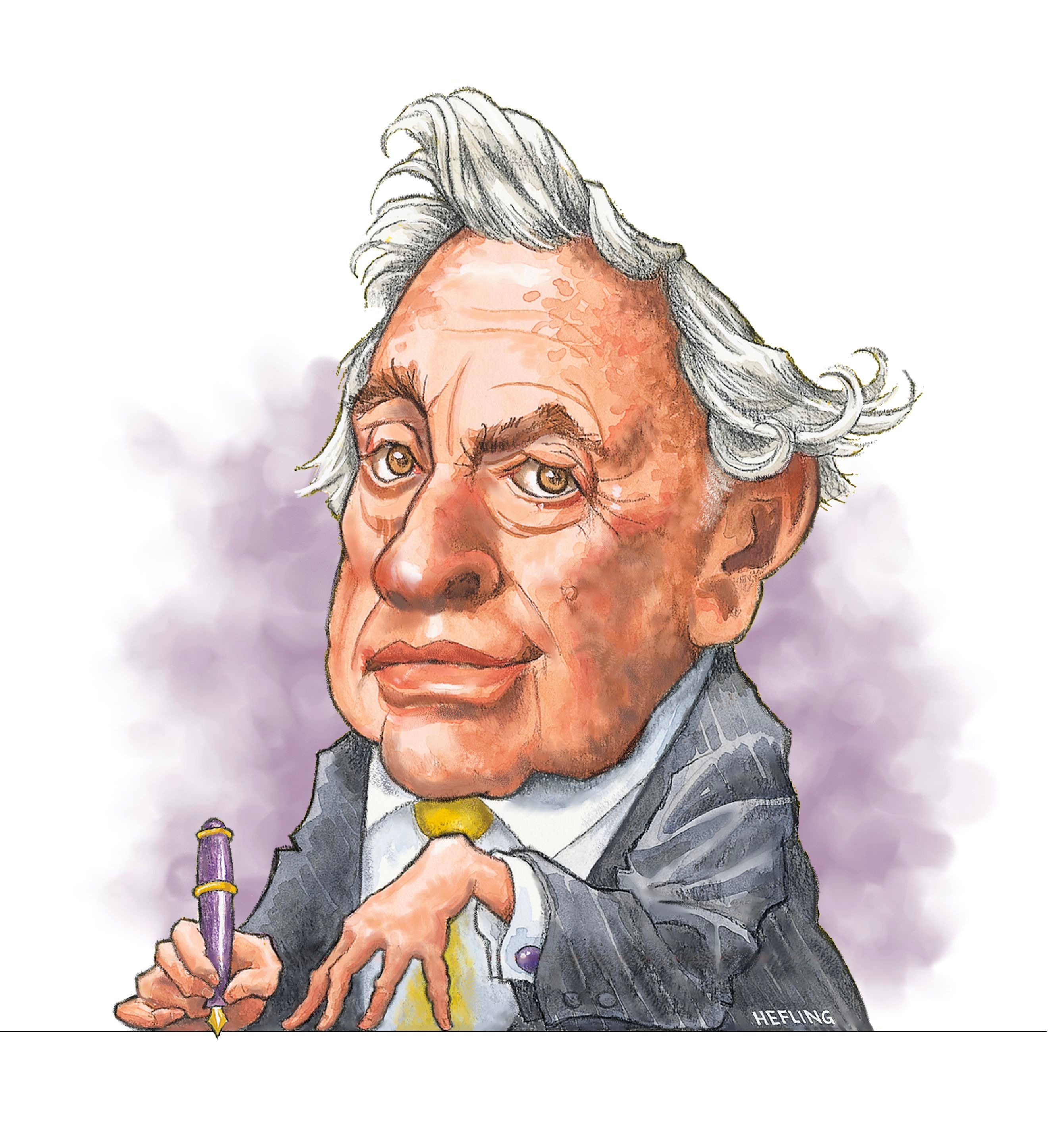GORE VIDAL died in 2012, at 86, and The New York Times obituary reluctantly conceded that his claim of having been blacklisted by the newspaper for writing The City and The Pillar “may have been right.” The publication of an explicitly gay novel was  unprecedented in 1948. The arc of Vidal’s life was circumscribed by the book. Until his mid-20th-century arrival, no public person in the English-speaking world had identified himself as a sexual nonconformist since Oscar Wilde. (Of course, Vidal persistently rejected the label “gay” as a matter of personal identity throughout his life.)
unprecedented in 1948. The arc of Vidal’s life was circumscribed by the book. Until his mid-20th-century arrival, no public person in the English-speaking world had identified himself as a sexual nonconformist since Oscar Wilde. (Of course, Vidal persistently rejected the label “gay” as a matter of personal identity throughout his life.)
Because our culture is both reductionist and sensationalistic, Vidal is contemplated posthumously as he was during his lifetime. First, he was defined by those with whom he had sex, which might include sailors in New York’s Times Square, a Sardinian hustler in Ravello, working-class men anywhere, underage boys in Bangkok (or so he was accused), or Hollywood movie stars. Evidently, his body type was male. Second, he was defined by those with whom he did not have sex, principally Howard Austen, his life-long companion.
Vidal said, “You don’t write The City and the Pillar unless you think there’s something eternal sitting there that needs to be said.” He wrote 25 novels, 26 nonfiction works, fourteen screenplays, and eight stage plays. But he never again wrote a gay-themed novel, arguably a genre he created. The cost may simply have been too great.
The following is excerpted from an essay that appeared in the March-April 2010 issue. — SFD
Steven F. Dansky, a political activist, writer, and photographer for nearly a half-century, is a frequent contributor to this magazine.







